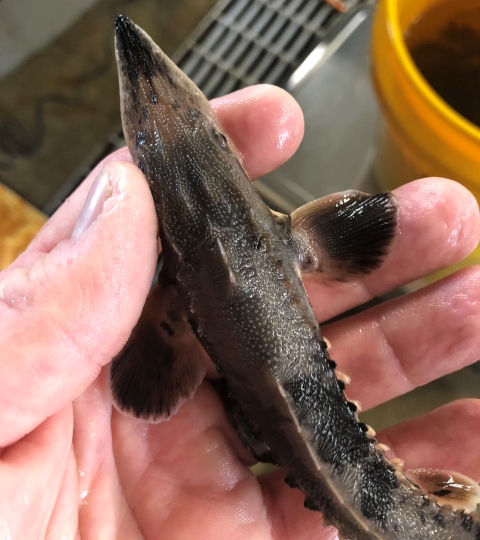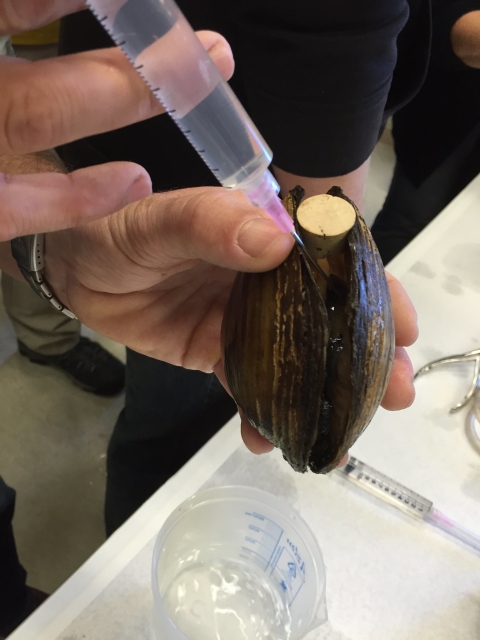What We Do
Valley City National Fish Hatchery along with the Baldhill Dam Rearing Unit plays an important role in providing quality fishing opportunities throughout the Great Plains Region and in restoring Lake Sturgeon and Freshwater Mussel populations within the Hudson Bay Drainage.
Our Services
The Valley City hatchery infrastructure consists of 14 earthen ponds totaling 25.8 surface acres of extensive fish culture as well as two intensive fish production buildings, a zero-discharge water re-use building designed for research and a holding house building designed for egg incubation and early life stage rearing.
The Baldhill Unit consists of 20 earthen ponds totaling 15.2 surface acres of extensive fish culture as well as an intensive fish production building designed for egg incubation, early life stage rearing of native and endangered fish and freshwater mussel propagation.
Our Projects and Research
Lake Sturgeon Restoration
The purpose of the lake sturgeon program at Valley City National Fish Hatchery is to assist other state, federal, and tribal organizations with restoring or establishing lake sturgeon populations within their historic range, the Hudson Bay Drainage. To date, more than a quarter million fingerling lake sturgeon have been stocked into waters within their historic range. The program has observed success with its restoration efforts and recently, the state of Minnesota has opened a limited catch season where anglers are able to fish for this magnificent creature!
Mussel Propagation Program
In 2012, Valley City launched a freshwater mussel program that is focused on propagating five state listed mussel species that are thought to be in decline in North Dakota waters. Valley City is working closely with Genoa National Fish Hatchery and White Sulfur Springs National Fish Hatchery to develop standard operating procedures for animal husbandry and rearing of these unique creatures.
Aquaculture Research
Valley City has been involved with aquaculture related research since the early 1970’s after the hatchery built a then, state-of-the-art, recirculating research building. The facility was instrumental at developing some of the first known methods of dry diet transitioning for walleye and muskie. More recently, the facility has focused on developing more efficient and effective ways to increase zooplankton production in its extensive production ponds.





